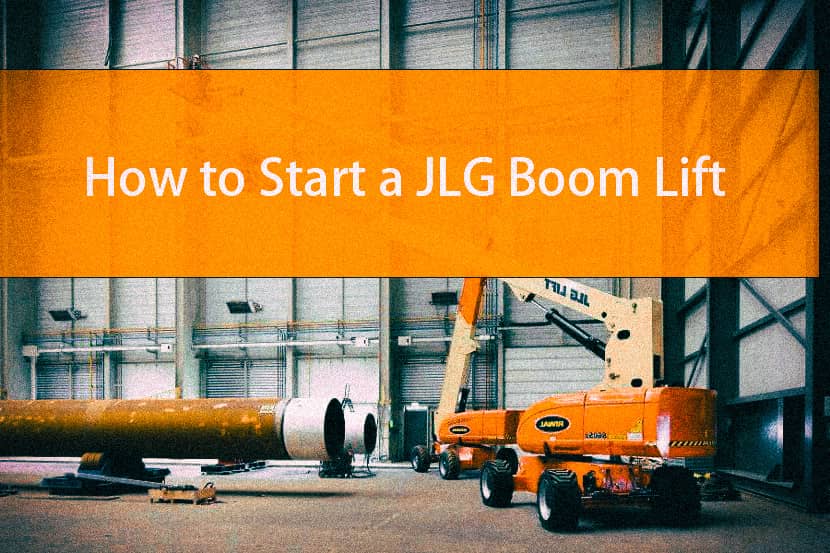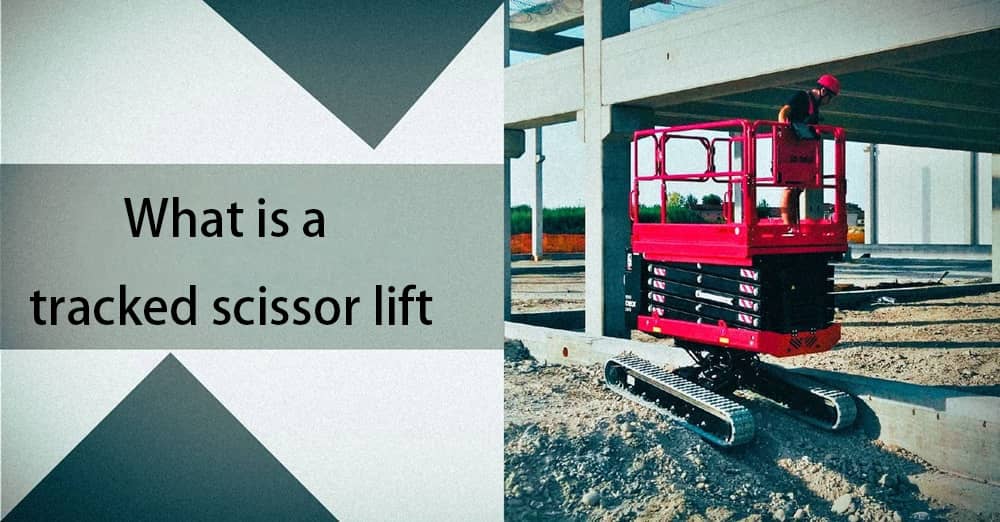JLG boom lifts are versatile aerial work platforms designed to provide safe access to elevated work areas. While JLG boom lifts are engineered with safety in mind, their operation involves significant risks due to their height and mobility. Safe operation is paramount to prevent accidents, injuries, and potential fatalities.
This Holdwell guide provides a general overview of how to start a JLG boom lift, briefly introduce JLG boom lifts and their uses, emphasizes the importance of safety and training.
Pre-Start Inspection
In operating the JLG boom lift, an individual has to make sure to carry out a pre-start inspection. This is to confirm that the equipment is in good condition and safe for use. Here are the steps to be taken:
Visual inspection of the lift
Check for structural damage:
– The boom, platform, and base should be eye-checked for any visible cracks, dents, or deformation.
– Check the integrity of the welds and for any visible rust or corrosion.
Inspect tires and wheels:
– Check tire pressure and condition, look for wear and cuts or any objects embedded in them.
– Tighten wheel nuts and make sure no damage is visible on wheels.
Look for hydraulic leaks:
– Inspect every hydraulic hose, fitting, and cylinder very closely for any signs of leaks.
– Check if there are puddles or dripping fluids on the floor where the lift has been standing.
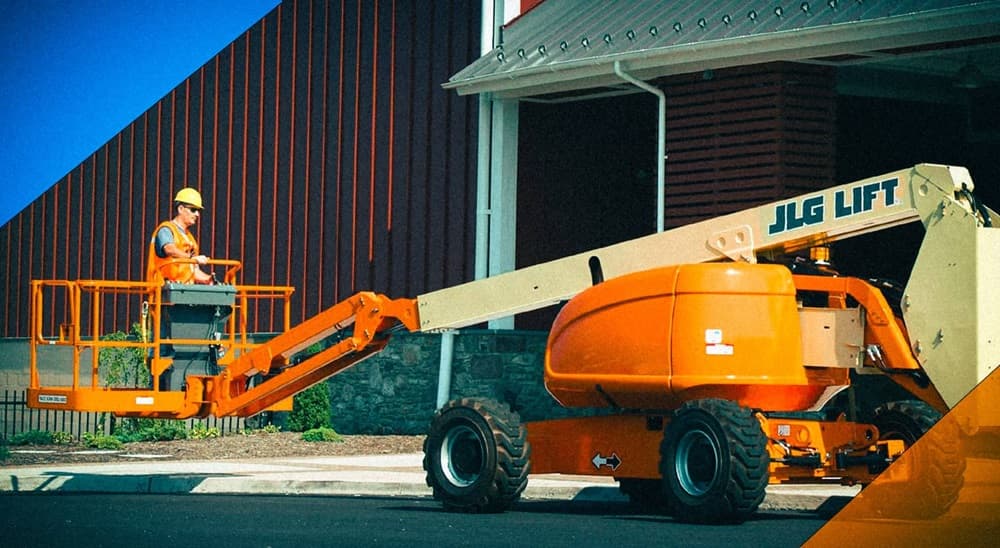
Engine oil:
– Firstly, locate the dipstick and check the level of oil, making sure it is between the two marks.
– If it needs topping up, add oil of the type recommended by the manufacturer.
Hydraulic fluid:
– Check the level of hydraulic fluid in the reservoir. Usually, you can see this through a sight gauge.
– Add hydraulic fluid if necessary; be careful not to overfill.
Fuel:
– Check the fuel level and, if necessary, refill it with diesel or gasoline models.
– After refilling, make sure that the fuel cap is securely fastened.
Battery condition check (for electric models)
– Check the battery charge level indicator on board.
– Check the battery terminals for corrosion, and make sure the connections are tight.
– When necessary, add distilled water to the battery cells, taking care not to overfill.
Check controls and safety devices
– Test all control functions including emergency stop buttons for response.
– Check that all safety devices, such as tilt sensors and load sensors, perform their intended function.
– Verify proper operation of all warning lights and alarms.
– Confirm visibility and legibility of all safety placards and warning labels.
Remember, this pre-start inspection is a critical safety measure. If, during this inspection, you find any issue or are not confident regarding any part concerning the condition of the lift, do not use the equipment. Report the problem to your supervisor or technician qualified in that machine for further inspection and maintenance.
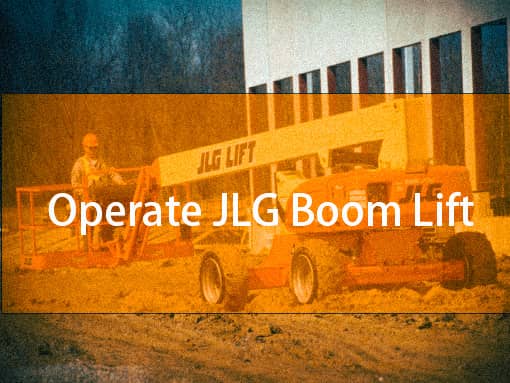
Entering the Platform
A. Three-Point Contact Method
– Whenever people enter or leave the platform, three-point contact must be maintained at all times (either two hands and one foot or two feet and one hand).
– Always face the lift when getting in or out.
– Use only the designated handholds and steps provided.
B. PPE Personal Protection
– Wear all necessary PPE. This will include a hard hat, safety glasses, and steel-toed boots.
Start the engine while working at height and, once the engine is started, engage the handbrake or parking brake.
C. Familiarization with Controls and Emergency Procedures
– Identify where every control is in the platform, take a moment to locate and identify.
– Locate the manual descent controls and review the emergency descent procedure.
– Make sure that you understand how to use the emergency stop button.
Starting the Engine (Diesel or Petrol Models)
A. Insert the key in the ignition
B. Turn the key to ON
C. Wait for the glow plug light to go out (diesel models)
a. May take quite a while in cold weather.
D. Turn further to START
b. Let go of the key once the engine catches.
E. Allow the engine to warm up
c. Run at idle for a couple of minutes prior to operating, especially in cold conditions.
Starting Electric Models
A. Ensure battery disconnect switch is in the “ON” position
– Typically, this would be located close to the batteries.
B. Turn key/main power switch to “ON”
C. Check battery charge indicator
– Make sure there’s enough charge for work planned during the day.
Controlling of Controls
A. Activate foot switch or control panel enable
– Most JLG boom lifts require the foot switch to be depressed in order to activate the controls.
Some models may have an enable switch on the control panel instead.
B. Test all functions at ground level
1. Boom raise/lower
– Raise and lower the boom slowly; ensure no binding exists and motion is smooth.
2. Boom extend/retract
– Extend and retract the boom to ensure it moves freely without obstruction.
3. Platform rotate
– Rotate the platform left and right to verify full range of motion.
4. Drive functions (if applicable)
Carry out the functional test for forward and reverse drive. Also, steering to the left and right.
Function tests should be done slowly, deliberately looking for anything unusual, such as noises, jerkiness, among others — any sign of malfunction. If anything is noticed, attention to it should be immediate: stop the machine and report it to a supervisor or a technician qualified on this machine.
By following these steps to get onto the platform, start the lift, and test the controls, you will be well on your way to safely and effectively operating your JLG boom lift.
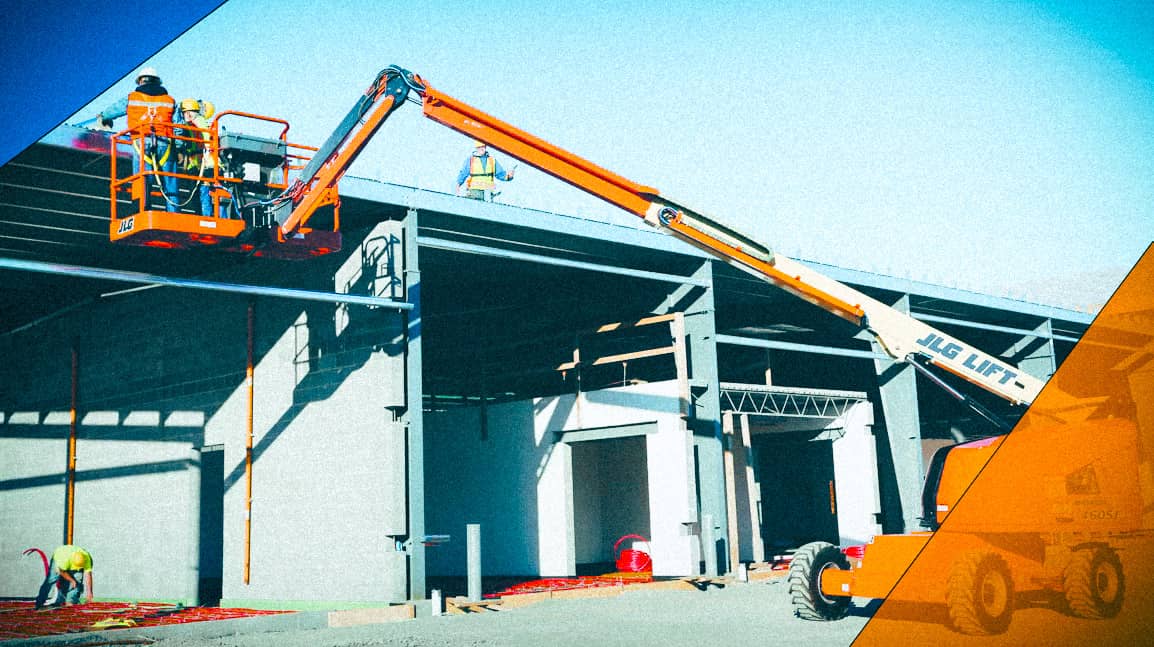
Conclusion
To operate the JLG boom lift safely and efficiently goes beyond performing the steps outlined. It requires that operators have an in-depth understanding of the equipment, adhere to safety procedures, and continuously engage in learning and development.
For anyone who may be looking to operate JLG boom lifts for professional use, relevant certifications are provided by the International Powered Access Federation (IPAF) or possibly even the Scaffold & Access Industry Association (SAIA). Such certification would enhance your skills and at the same time prove that you are concerned about safety and professionalism within this industry.
Remember, safe operation is about more than keeping yourself safe; it’s keeping everyone on the job site safe and healthy. By prioritizing proper training, following safety rules, and staying ever-vigilant, you can get all the performance that JLG boom lifts were designed to deliver while creating a safe working environment for all involved.

